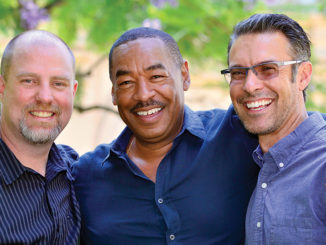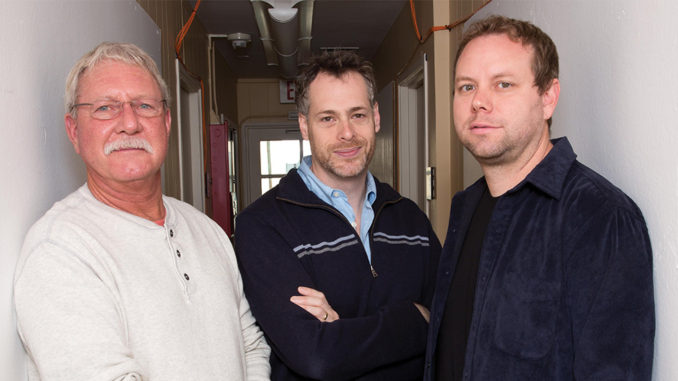
by Bill Desowitz • portraits by Deverill Weekes
The Emmy Award-winning political thriller from Fox 21, Homeland (Sunday nights on Showtime) has become so popular and engrossing that even President Barack Obama was hooked. In fact, during his November Asia trip, the President requested an episode on DVD in advance of its airing so he could keep up with the escalating tension between Claire Danes’ Carrie Mathison and Damian Lewis’ Nicholas Brody. She’s a CIA intelligence officer trying to uncover an al-Qaeda plot, and he’s a former Marine who turned into a terrorist after eight years of captivity in Iraq.
But rather than focusing the entire first season on whether or not Brody had turned traitor, Homeland quickly shifted from mystery to suspense, with the bi-polar Mathison and the conflicted Brody becoming lovers in a complex game of cat-and-mouse. There was plenty of manipulation and betrayal between them. But then Brody outwitted Mathison at the end of Season One, and she wound up disgraced and institutionalized. However, she was back at the top of her game in Season Two (which concluded in mid-December), eventually regaining power over Brody, now a congressman, who was caught in a desperate situation and forced back into the fold with Mathison and the CIA in stopping al-Qaeda nemesis Abu Nazir.
No wonder Homeland — based on the Israeli series Hatufim (Prisoners of War) — has been called a thinking person’s 24, thanks to executive producers Howard Gordon and Alex Gansa, who previously collaborated on the popular hit network television show.
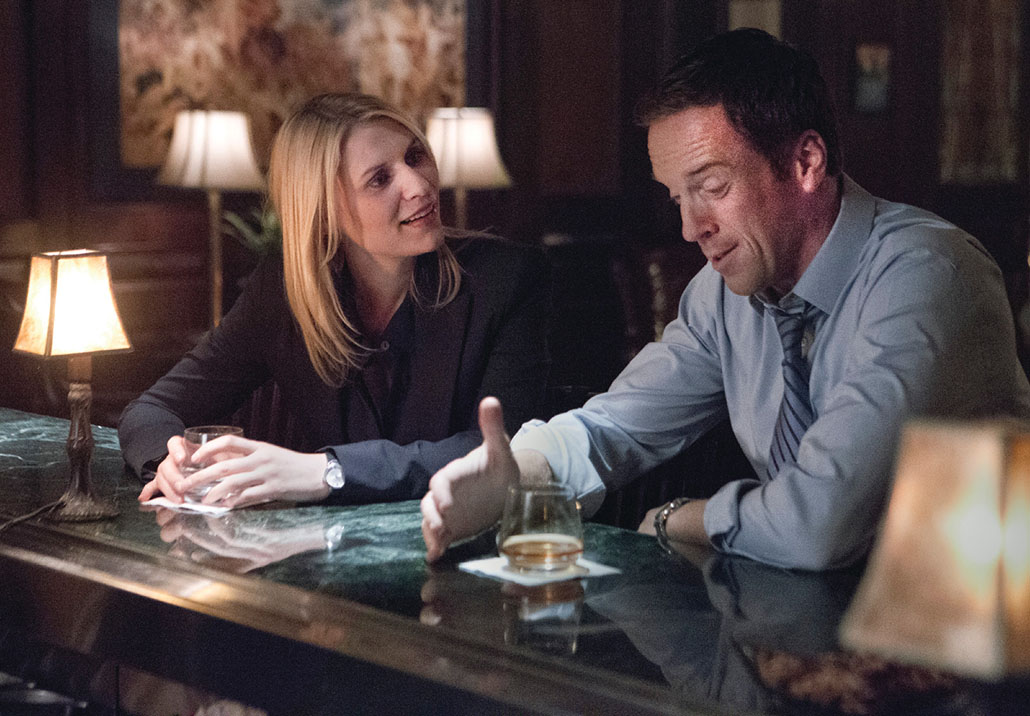
Photo by Kent Smith/SHOWTIME
“We started out with producers who had a strong vision,” says editor Jordan Goldman, who won the 2012 ACE Eddie Award for Best Edited One-Hour Series for Non-Commercial Television and the 2012 Creative Arts Emmy Award for Outstanding Single-Camera Picture Editing for a Drama Series for the Homeland pilot (both of which he shared with David Latham). Goldman alternates with two other editors on the show: Joe Hobeck and Terry Kelley, A.C.E.
“We take a very naturalistic approach to everything,” Goldman adds. “We like to let the moments breathe — stay on people’s faces, hold on meaningful looks. We like to hang in there, put the audience on the shoulders of the characters, and really try to make them a part of the experience to connect with the characters. The visual style was created by producing director Michael Cuesta, who uses hand-held cameras to follow the characters. It’s pleasing to look at and not hyper-stylized.”
The editorial opportunities have obviously changed as the series has evolved. According to Goldman, one of the goals for the pilot was to cut every scene so that it could be interpreted that Brody was either a terrorist or was just messed up from Post-Traumatic Stress Disorder and a harrowing experience in captivity. “We wanted the audience to watch the pilot with both interpretations being valid,” he explains. “And during the early part of Season One, we were trying to maintain that [ambiguity].
“We had a lot of opportunities to do fun stuff with the editing on the pilot, such as using jump cuts when Carrie is having her breakdown in the closet,” Goldman continues. “And then doing some intercutting when Brody is jogging at the end of the pilot and having flashbacks that reveal more and more about what actually happened to him when he was held captive. These techniques helped the audience get deeper into the mindset of the characters, and showed the characters’ emotional states.”
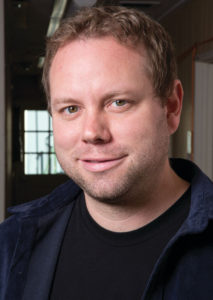
In “The Weekend” episode from Season One, in which Carrie and Brody spend time at a cabin, Goldman got to take a lot of pauses and just let the connection between the characters shine through. He offers, “I think the best kind of drama puts the characters in places where they’d least like to be, emotionally or physically: having Carrie wind up in a mental institution; having Brody’s secret come out; and putting him in a position where, in order to save his family, he has to lie to them.”
Meanwhile, Hobeck not only got to edit the extended 84-minute Season One finale (“Marine One”) but also the initial two episodes of Season Two (“The Smile” and “Beirut Is Back”). For him, raising the dramatic stakes was filled with all kinds of editorial challenges because there wasn’t such a clear path in the writing. For example, “The Smile,” in which Mathison returns from exile six months later when her former handler in Beirut warns of an imminent attack on the US and demands to meet with her.
“The whole concept was to get to that moment where she’s back in the game, regains her [mojo] and smiles,” says Hobeck. “I think it was a cool idea for an episode. And it’s interesting that I used her second take rather than the later one where Claire thought she’d nailed it. She thought she’d gone out of character a little bit, but it felt the most natural — an honest, blissful moment.”
And so the whole scene was constructed around Danes’ smile. “It was problematic because everything was happening too quickly in terms of the physical action, and in order to isolate that smile, we had to draw it out more,” Hobeck adds. “We cheated a little bit; we cued up the music, which really helped. It was challenging editorially to make that work, but the moment lands and we got away with it.”
In the next shot, the editor cut right to Brody waking up in bed. “I intentionally kept that long in the beginning,” explains Hobeck, “just so the moment of Carrie [registered], and the audience could have some space to enjoy it. And it also connects Carrie and Brody. We always try to do that editorially between scenes, so we’re consciously connecting them and signaling that their paths are going to be crossing again at some point very soon.”
But the fifth episode, “Q &A,” provided Hobeck with his greatest editorial challenge. After the CIA obtains evidence that Brody is a terrorist, he’s brought in for questioning and is eventually interrogated by Mathison in a bravura 18-minute scene. Fortunately, the editor had routinely handled long dialogue scenes while cutting HBO’s psychological drama In Treatment.
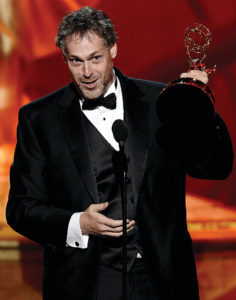
Photo by Phil McCarten/PictureGroup via AP Images
“It was an interesting challenge with two people sitting down and talking,” Hobeck recalls. “Carrie tries to turn Brody back to the good side and help the CIA find Nazir. She promises him immunity from prison and to withhold his secret from his family. It’s very intense, the acting and writing are good, and the whole idea is that she gets him to admit what he’s attempted to do for Nazir.”
The crux of the scene is how Brody is reacting to what Mathison is saying. “And that’s the storytelling in a very micro way,” Hobeck adds. “She uses guilt and all the interpersonal powers she has over him. It’s a very ambitious thing to do editorially — to break him in one 18-minute-scene. The idea of being in this room and not cutting away for this long is so rare in television.
“Obviously, the stakes rise considerably for Brody because he’s stuck in the middle of a couple of powerful forces,” the editor continues. “With the pressure he’s under, it’s possible that he’s going to crack one way or the other. The other side’s going to find out, so there’s the typical double-agent-type tension situation. And then there are all the other people involved who have stakes in that — especially Carrie.”
For Kelley, who has cut four episodes in Season Two (including the finale, “The Choice”), there was a lot more surveillance to deal with. He believes it makes for a richer story.
“There’s a seven-minute opening in episode six, ‘A Gettysburg Address,’ that’s right out of The Conversation,” Kelley insists. “We have Nazir’s associate Roya being watched because clearly there’s some big terrorist event planned. There’s a clandestine meeting in the downtown streets of DC with all the problems of keeping track of where they’re going and keeping out of sight and being able to record a conversation that you’re expecting to happen. We had 10 or 12 cameras mounted across the city following her. And we have characters in the CIA office reacting to playback in real time.

“There were terrific amounts of coverage — not only on the scenes playing out on the street and in the scenes playing out in the surveillance office, but on the interaction between the two,” Kelly continues. “And it turns out that the terrorists are watching the tailor shop, which goes all the way back to the suicide vest from the first season.”
As a result of Brody finally giving up some information, the CIA tracks down the terrorists at the tailor shop, but it turns out to be an ambush. “The attack on the FBI and CIA people takes place in an interesting way; it’s a big surprise,” Kelley says. “We didn’t cut it in a normal way. We don’t set up a lot of tension with the bad guys coming and the good guys not knowing they’re coming and then being alerted. Instead, our guys are inside the tailor shop and hear a sound of the door opening and then all hell breaks loose. Instantaneously, they’re mowed down with machine guns. Literally in 20 seconds everyone’s dead. It’s pure surprise.”
Naturally, Kelley is proudest of the season finale, in which plenty of character arcs are resolved. “Not only do we have season-ending character arcs going on for each person, but there’s a big arc for every single character from the beginning to the end of the episode,” he says.
The intrigue, and the tension-inducing editing, continue in Season Three, when Homeland resumes in the spring.



